One really fun thing about studying art history is all the cool words I’ve learned. Here are a few of my favorites. If you drop some of these words into your next conversation, people will be very impressed by how erudite you are. Trust me, I do it as often as possible. (Like right now!)
Apotropaic – I love this word. Something is apotropaic if it has a protective quality – like a lucky charm. It’s used a lot when talking about ancient and medieval art and architecture, where certain symbols and decorative elements were believed to protect objects and their owners. For example, some have suggested that gargoyles and grotesques serve apotropaic functions for the churches they inhabit.
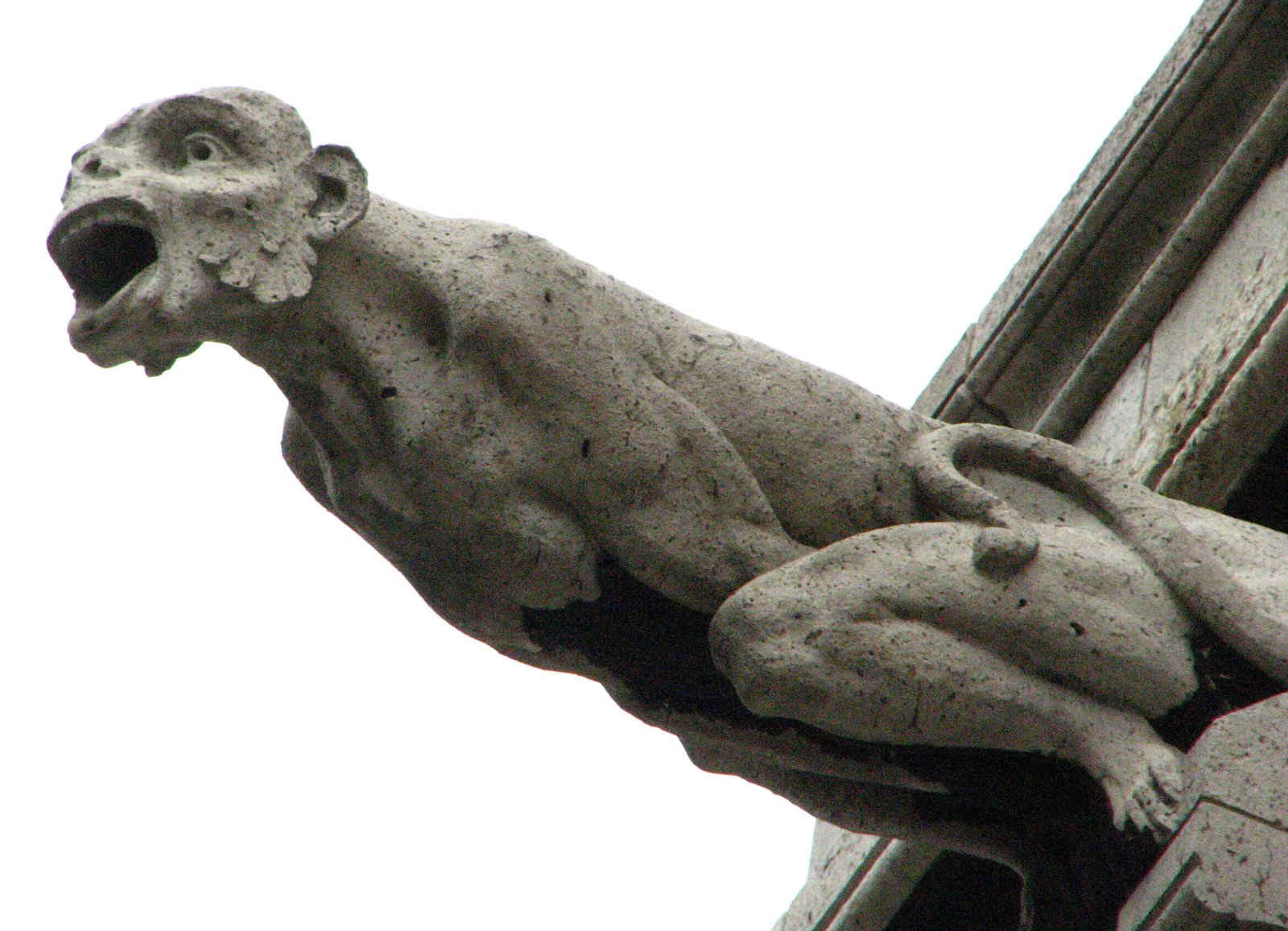
Erudite – This isn’t actually an art-related word, but I definitely learned it through studying art. An erudite person is very well educated and cultured. For example, someone who is erudite has definitely read all the classic works of literature, knows several languages, and is probably well-travelled. Appearing erudite was a great desire of art patrons like the Medici family.
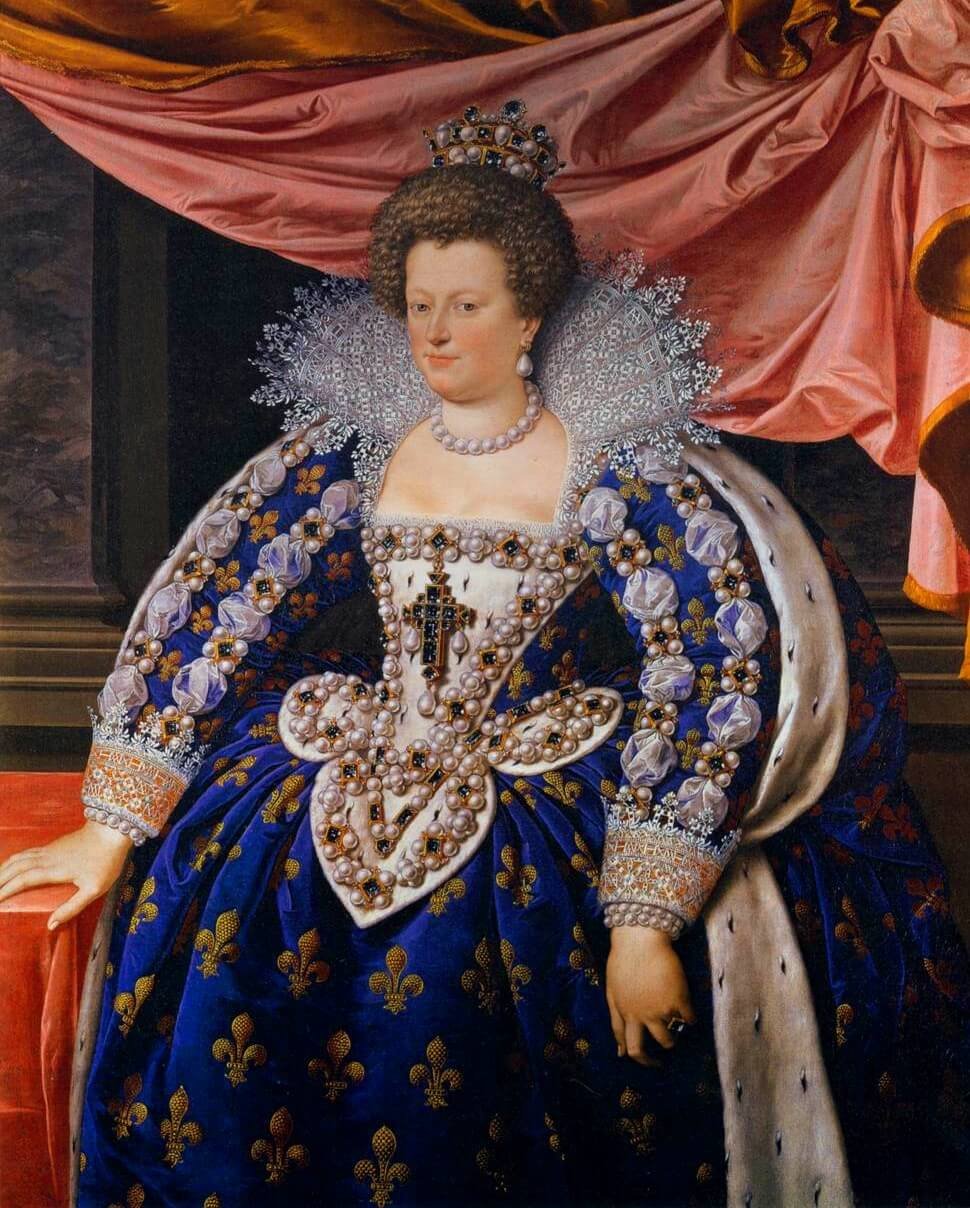
Horror vacui – This word sounds like it should describe an Edgar Allen Poe novel. Horror vacui means a fear of empty spaces, I believe in Latin. It’s used to describe artworks in which every available nook and cranny is filled with decoration and ornament. I don’t think we’re meant to believe that the artists and cultures responsible for these works were literally afraid of empty space, but it can certainly seem that way. Illuminated manuscript carpet pages, like the one below from the Lindisfarne Gospels, are good examples of this phenomenon. I’m sure you can think of many non-art uses for this word; my family’s garage come to mind for me.
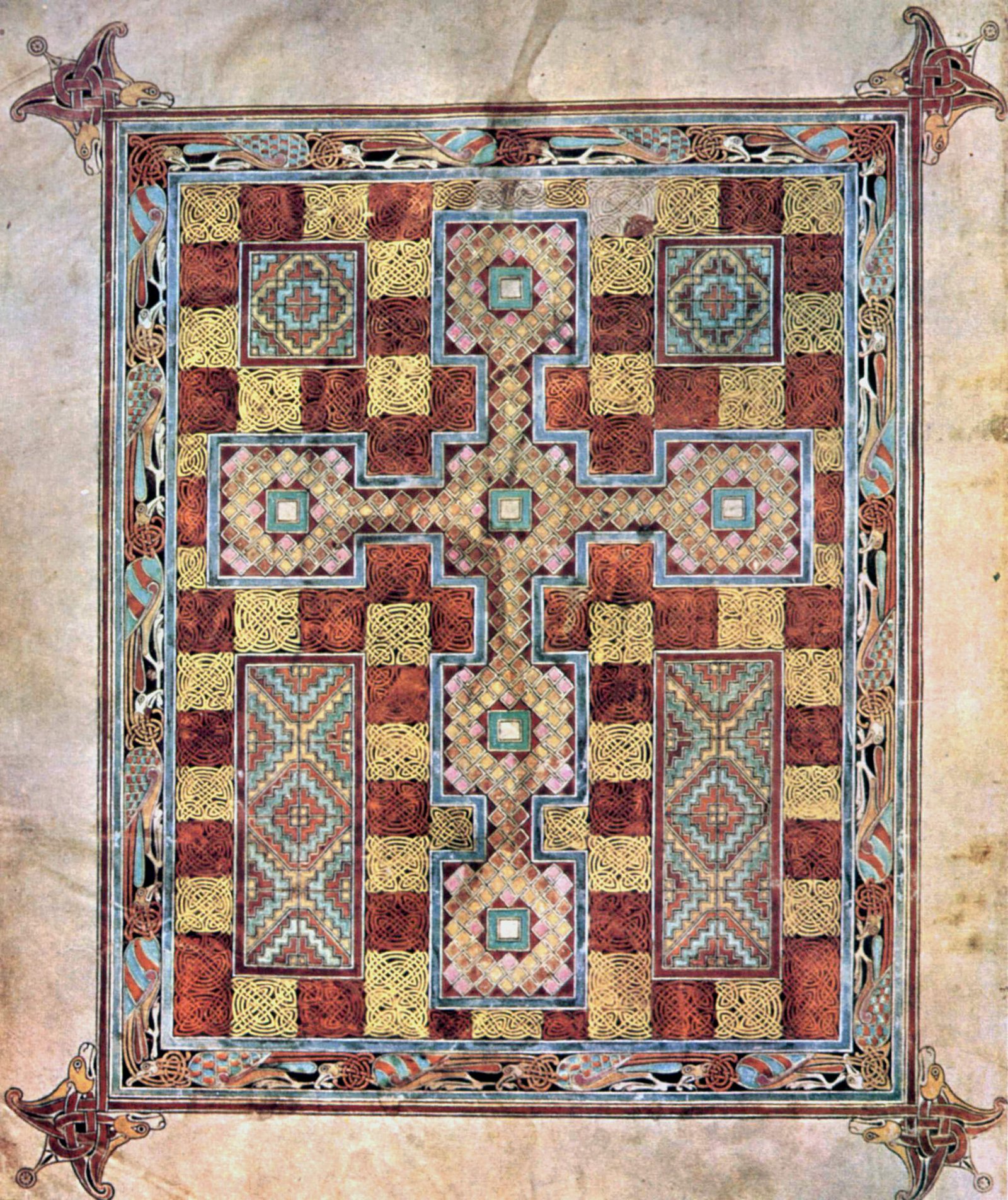
Gesamtkunstwerk – I can only use this one in written form, since I still don’t really know how to pronounce it. This is a German word that refers to a complete work of art. A gesamtkunstwerk is something that combines multiple different art forms to make a total experience. For example, it might include painting, sculpture, architectural elements along with sounds and effects of light. There’s something inherently theatrical about this concept, so I might use it today to describe a stage production in which all the acting and design elements come together really exceptionally. Bernini’s Cathedral Petri, shown below, is a textbook example of a gesamtkunstwerk.
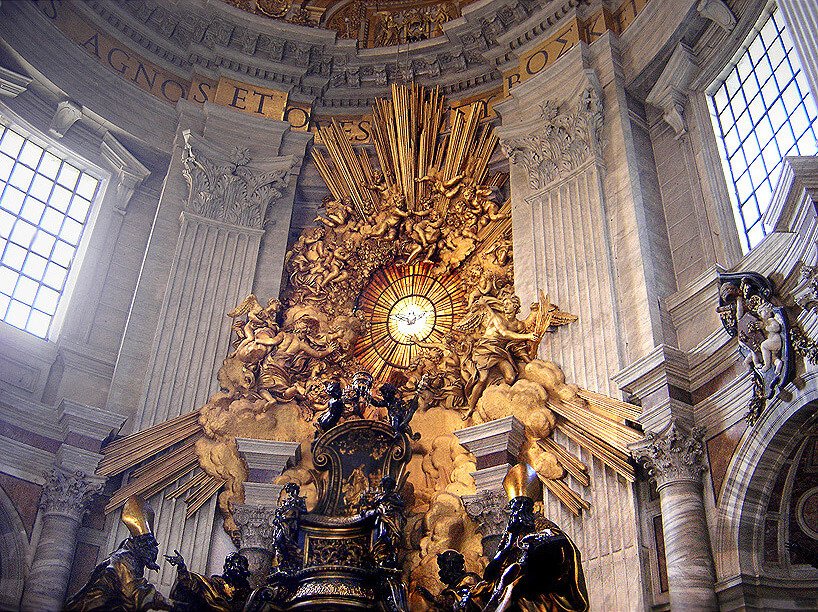
Mimesis – Mimesis means truth to nature. A work of art is mimetic if it imitates the natural appearance of whatever it depicts. We might use word like realism or naturalism to refer to more specific ways of doing this, but mimesis is the general word for this idea. Classical and Neo-Classical sculpture are good examples of mimesis, but there are countless others.
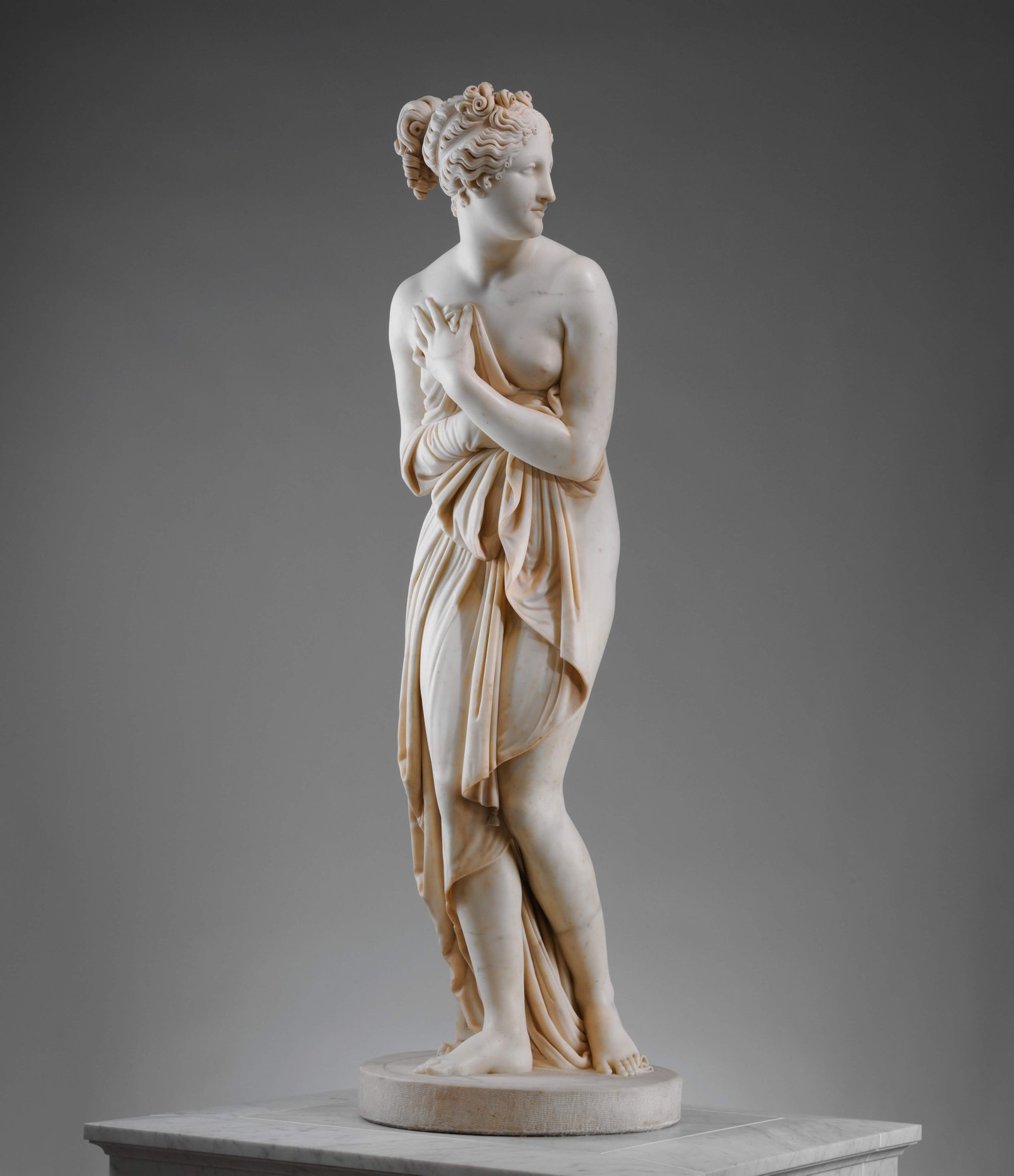
Trompe-l’oeil – A French expression that literally means “trick of the eye”. Trompe-l’oeil painting is highly illusionistic. It’s intended to trick the viewer into thinking that they’re looking at the real think being depicted, not at a painting. Sometimes, as in this ancient story, you try to pull back the curtain covering the painting, only to realize that the curtain is the painting. Trompe-l’oeil painting is often used by interior decorators in addition to fine artists, so this is a useful word.
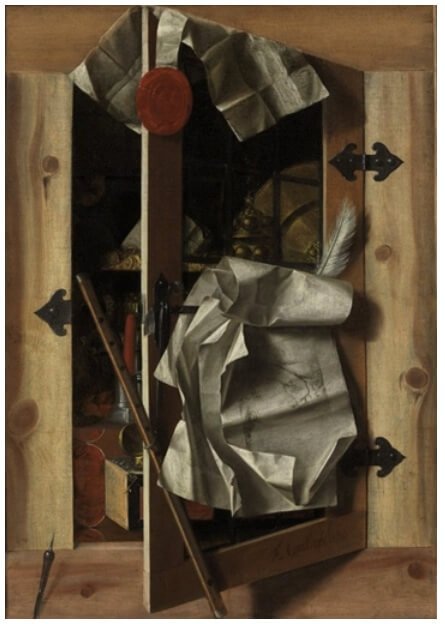
If you want to learn more fun art words, try a good art dictionary. The Grove Dictionary of Art, edited by Jane Turner, is the industry standard. However, it’s thirty-four volumes and costs many hundreds of dollars even for a used copy. I had online access in college, so I know how fabulous it is. At the moment, my go-to art dictionary is Michael Clarke’s Oxford Concise Dictionary of Art Terms, 2nd ed., (Oxford University Press, 2010), which is a single-volume paperback. I used it to check some of my definitions for this post. I love it and highly recommend it.

